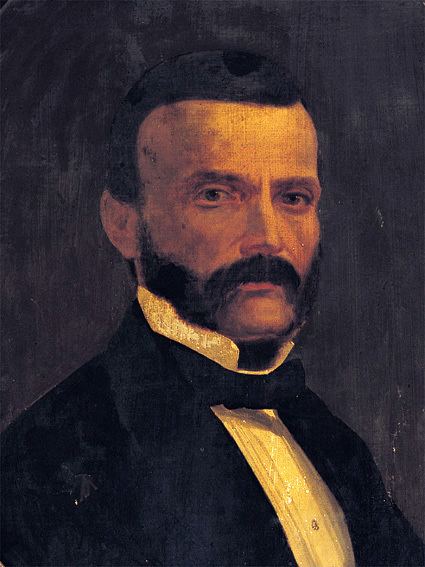 | ||
The Lerdo Law is the short name for the Reform law formally known as the Confiscation of Law and urban Ruins of the Civil and Religious Corporations of Mexico . It was issued on 25 June 1856 by the deputy president Ignacio Comonfort.
Contents
The law objectives were to create a rural middle class, like the US, had desire to develop; improve public finances of the state and revive the economy by eliminating what, according to the provisions at the beginning of the Lerdo law by Ignacio Comonfort, he represented one of the biggest obstacles to prosperity and aggrandizement of the nation: the lack of movement or free movement of a large part of the property as a result.
Given the amount of wealth thought to be held as real estate held by the Roman Catholic Church and civil corporations, such as Indian communities, the government announced its sale to individuals to promote the market and at the same time, earn income from tax sale. Both religious groups such as civil corporations were prohibited from acquiring real estate from the promulgation of the Lerdo Law, except for those that were strictly necessary for their strictly religious activities. This law meant that many of the properties remain in the hands of foreigners and give rise to large estates in later years.
This law was part of the multiple Reform Laws that sought to establish the separation of church and state, the abolition of ecclesiastical privileges (fueros), and secularization of registration of births, deaths and marriages (giving rise to the Civil Registry). The liberal law was named after Miguel Lerdo de Tejada who drafted it.
Excluded properties
As stipulated in Article 8 of the Lerdo law, they were exempt from the alienation buildings used immediately and directly to the service or object institute corporations, even if somewhere is leased not separate from them, such as convents, Episcopal palaces and municipal schools, hospitals, hospices, markets, houses of correction Charities. Properties belonging to municipalities, also excepted buildings, open lands and land used exclusively for the public service of the populations they belonged.
Fiscal consolidation
All translations domain of rural and urban properties to be executed under the law, cause the sales tax of five percent, which was to be paid in the corresponding general government offices. Such tax contribution would be in cash and debt bonds, depending on the time it had taken in verified awards. With these policies, the Mexican government intended to increase the low level of tax revenue to which it faced and improve public finances.
Impact on Indian communities
The Lerdo law by requiring that civil corporations stripped of its real estate, seriously damaged the foundation of the economy of indigenous communities, which owned all the land within its boundaries. These territories represent a significant income for communities, as they generally were leased to third parties to raise funds, so that their loss further worsened the situation of many indigenous people already living in poverty.
The Indians demanded the then Finance Minister Miguel Lerdo de Tejada that their property rights be respected. However, according to the Lerdo law, those rights were respected to protect the rights of tenants to buy their own land before offering them to foreign buyers.
To prevent their lands were acquired by others, sometimes the Indians went before a judge to acquire as an individual; however, these officials used to charge very high wages and high taxes of sale, so that the recovery process was complicated land. In other cases, judges were fraudulent dealings with people interested in the territories in order to acquire land even before the natives learn of the existence of the Lerdo law, making it virtually impossible for communities retain their territories.
